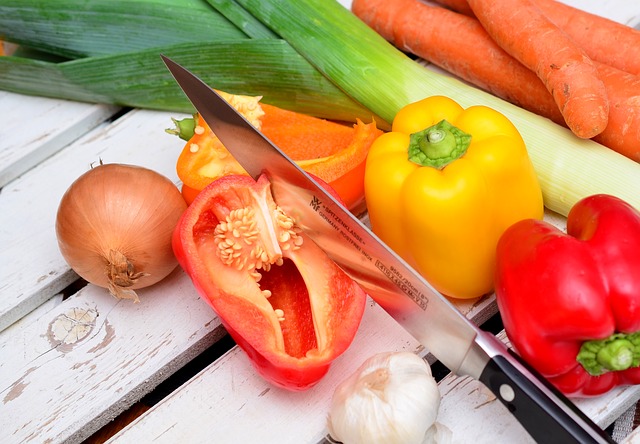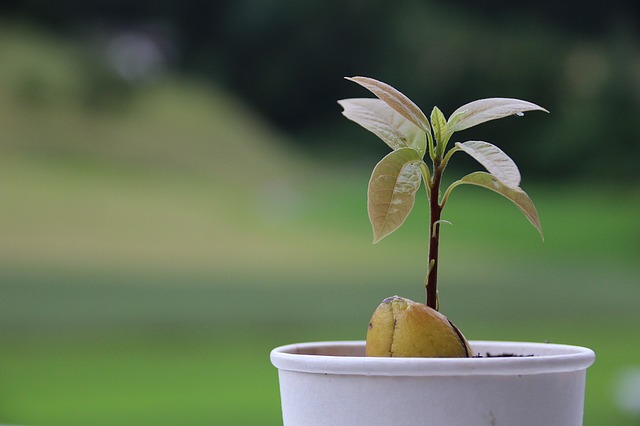Every traditional gardener knows how big a financial investment one has to make in spring planting. What if we could alleviate some of that burden? Let\’s experiment right away.
Even if you buy a pepper seed from the supermarket and decide to plant it, you don\’t know what will come from it or if the variety is stable enough to grow outdoors. Consider that the ones produced by conventional farming methods (and often prefer warmer climates) are imported from Spain, France, or even farther south, where different growing techniques are used. Native plants are grown in large indoor greenhouses, perhaps hydroponically, and we don\’t know what is being sown there. The seeds from this plant may not be suitable for the soil and soil conditions there. But if nothing else, at least this can be planted. The same careful selection should be made for tomatoes, squash, cucumbers, and zucchini. It is best to buy vegetables at markets where growers will tell you the variety. Seeds can be saved until spring.
Onions can be harvested by keeping cuttings in water! The same goes for carrot and parsnip trimmings, which, if left in water, will sprout green leaves that can be used as a seasoning.
For any cultivation, choose good quality soil
Skimping on the medium is not recommended. If you can mix your own soil, it is better to do so. This is because poor soil can harbor parasites. The most troublesome of these would be the morning claw, a small black fly that lays its eggs in the pot. These are very difficult to get rid of.
The napkin germination method is very effective for hardy seeds. Instead of placing the seeds on soil, place them on a paper napkin, preferably moistened with a spray bottle. Place this in a plastic bag (preferably with a zipper) and place in a warm place. The bag will steam, so periodically check the bag for mold and to see if the seeds have begun to germinate. Even difficult crops can be germinated this way. Avocados, mangoes, citrus fruits, and coffee can also be grown as houseplants (roasts will not germinate). If you have old ginger that is starting to form eyes, you can harvest it in five months if you keep it in the soil!
Good luck.


